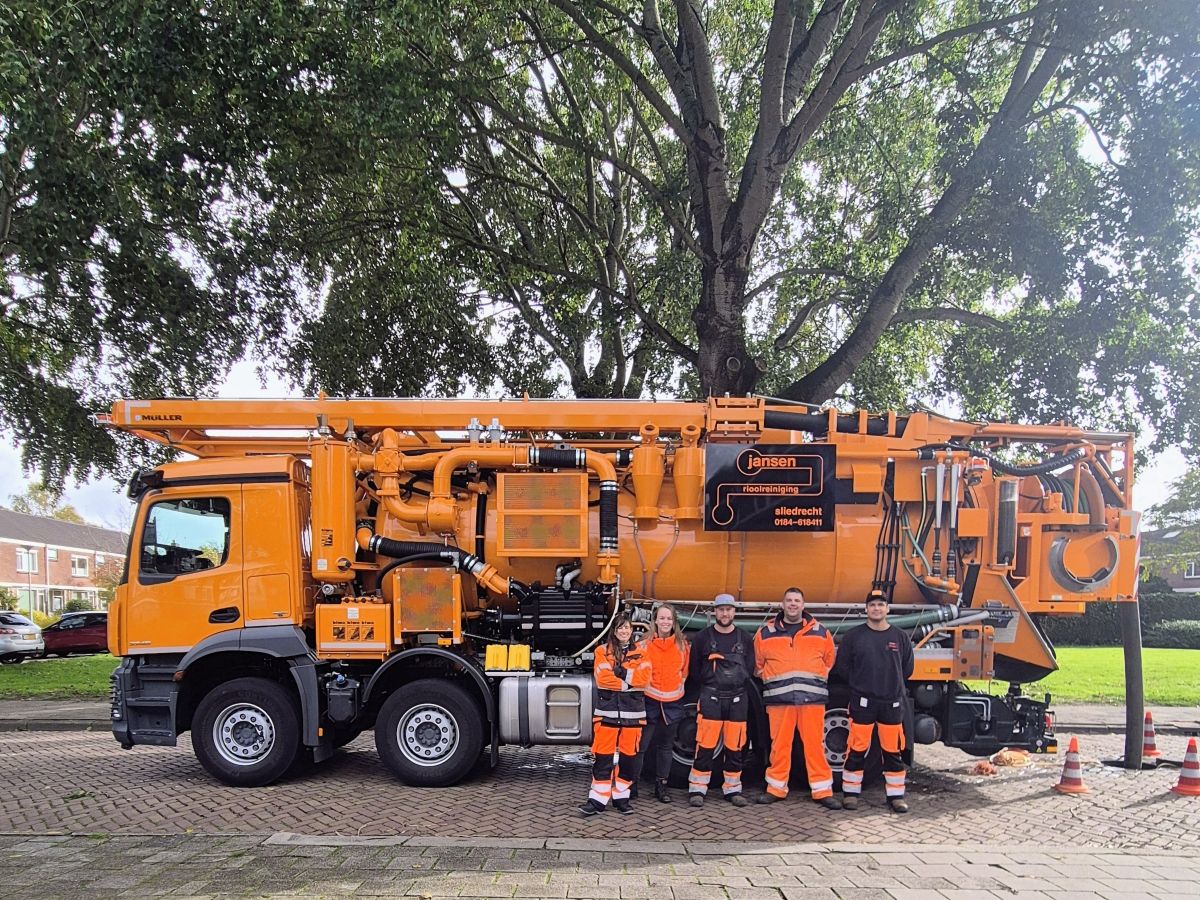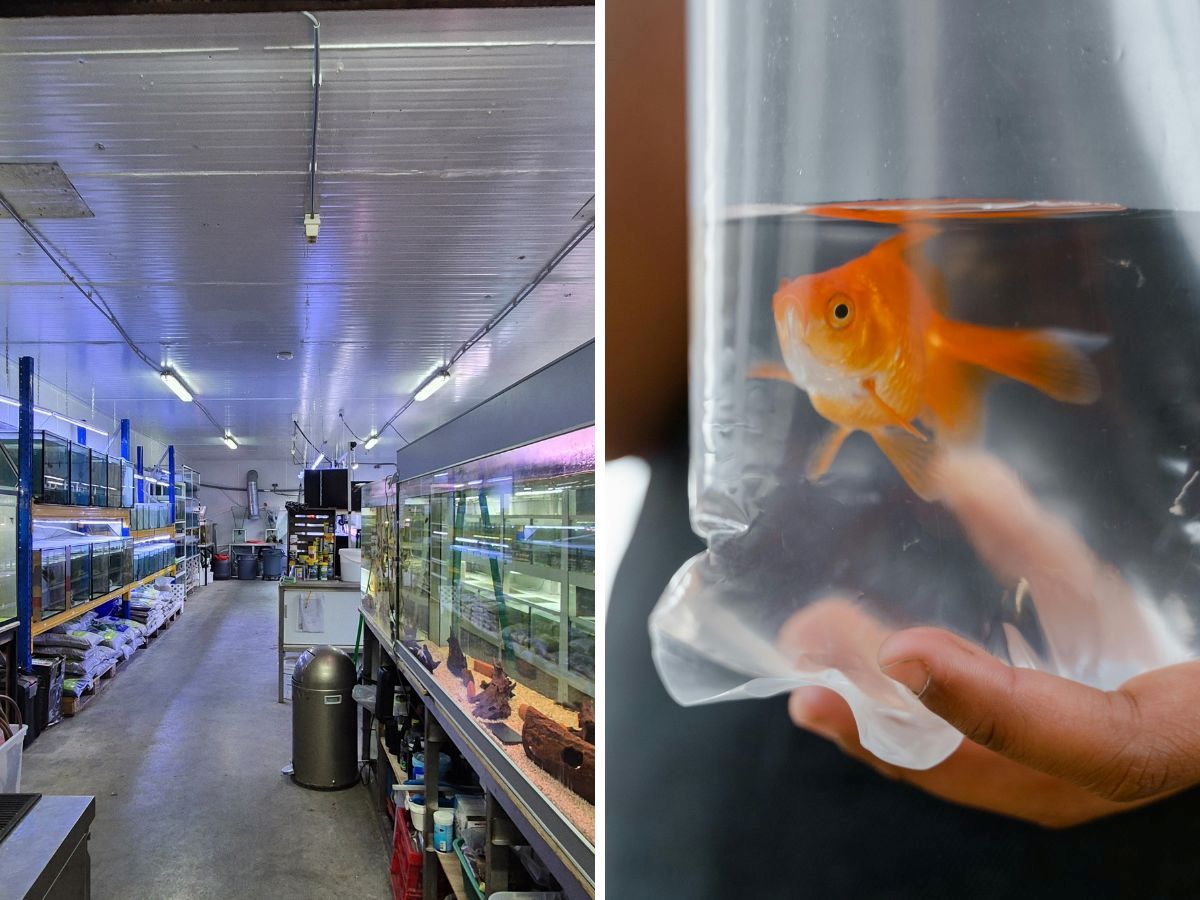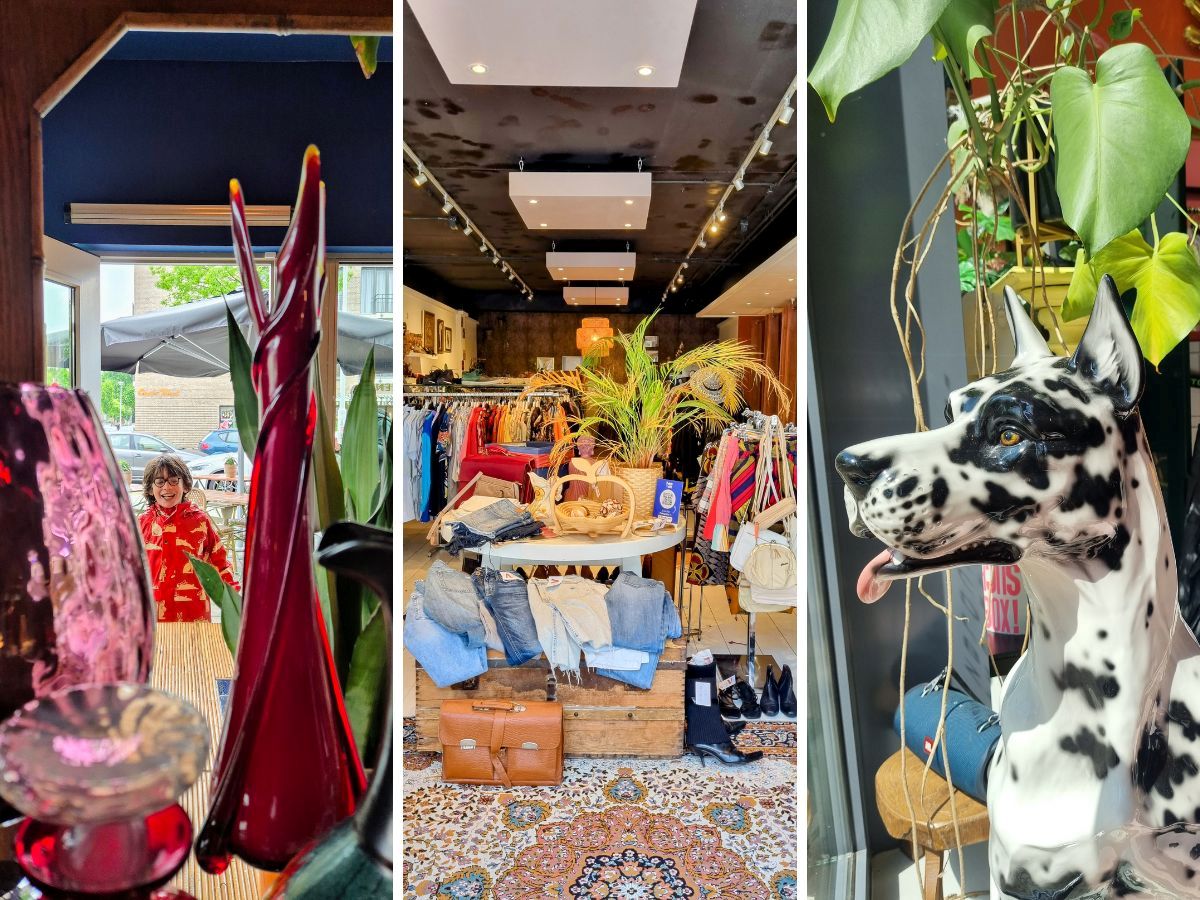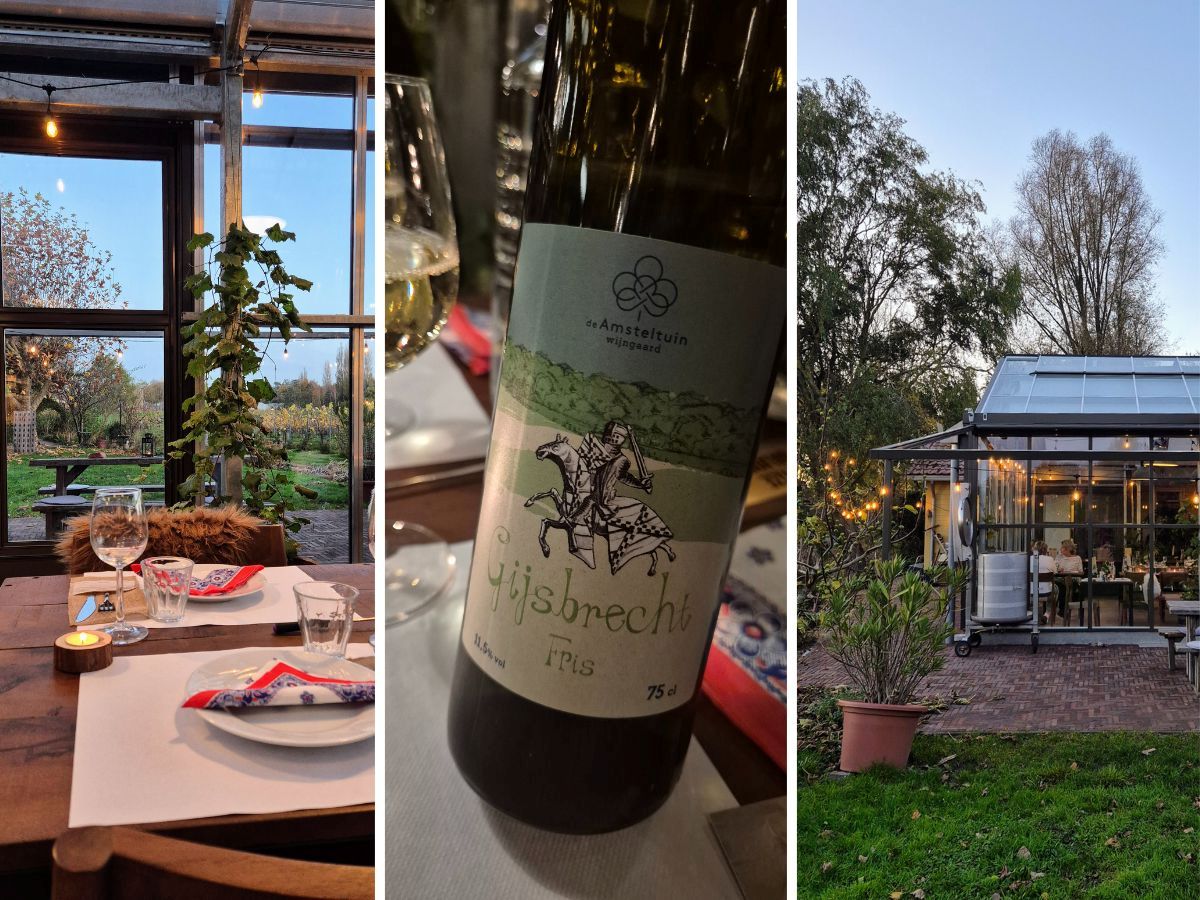Previously we - wine lovers that we are - researched sustainable wine, because we find wine delicious, but also in the wine world appears to be quite wrong. Then we discovered that fortunately, there are a number of things you can pay attention to in order to choose that tasty wine more sustainably. And one tip was: choose wine from the Netherlands. OK, let's do it! The tastiest discoveries we scribble on this, for you!
We go in search of tasty Dutch wines
Funny actually, when I started a sustainable wine search, I thought: am I going to find it? Does such a thing even exist, because wine production is quite taxing on the environment. On the one hand, the tip is to choose organic wine from close by, i.e. from Europe. But on the other hand, those very organic traditional wine regions are notorious for using a lot of copper sulphate, a pesticide that is (still) allowed in organic horticulture. If you do this for long and too much as in those traditional wine regions, it affects the soil and puts a heavy burden on nature. So the crux is to choose organic wines from young wine regions in Europe. After searching long and far, we ended up in the Netherlands, among other places. The Netherlands is a young wine country and our farmers produce sustainably. TOP!
Want to read more about the quest for sustainable wine? You can read about that here!



Terrace day at vineyard de Amsteltuin in Amselveen.
The tastiest Dutch wine
When I talk about my intention to try as many wines from the Netherlands as possible, people always find it interesting. The Netherlands does not yet have the image of a serious wine country and there are still quite a few prejudices attached to Dutch wine. It would probably be no match for a wine from South America, France or Italy. But Dutch wineries are on the rise and they produce surprisingly tasty wines. The reason is a little less, though; due to climate change, the Netherlands is getting warmer and therefore easier to grow grapes and thus wine. Almost in every province of the country, I found something nice. I take you through the tasty Dutch wines I discovered.
Wijnhoeve de Kleine Schorre from Schouwen D(r)uiveland (Zeeland)
If you have ever flown business class with KLM, you may well have already tasted this top wine from Zeeland. After all, this Dutch wine is the house wine. Wines from this Dutch winery were tipped to me by our local wine shop. For our village wine connoisseur, this is the tastiest Dutch wine. ‘You slightly taste the salty Zeeland shells back in the wine,’ she said seductively. I cannot fault her: this is indeed a really fantastic wine, but the price is also accordingly. So we only drink this wine when we really have something to celebrate. This winery has four white Dutch wines and a sparkling wine. A bottle of white wine costs on average between 17 and 20 euros. I personally tried Auxerrois. Want to know more? See more about De Kleine Schorre.
Organic wine farm de Colonjes from Groesbeek (Gelderland)
Wijnhoeve de Colonjes from Groesbeek claims to be the largest organic vineyard in the Netherlands. They have a varied range: one white wine, four red wines and a sparkling rosé. I totally discovered the white wine last summer. The price of this wine is around 13-15 euros per bottle. The vineyards are located on a rich loess soil, this gives the wines a full and mineral-rich flavour. I really liked the white wine ‘Knapse Witte’ and thought I tasted something of a bubble. In short, highly recommended! See more about Colons.
The Apostelhoeve from Maastricht (Limburg)
I do think this Limburg vineyard is the most famous vineyard in the Netherlands. It was also the first Dutch wine I ever tasted. So my introduction to the Netherlands, I still remember the moment well. It was in a sustainable restaurant. After this fine introduction to Müller-Thurgau (that's the name of the wine), I decided to buy a box for home. As it turns out, I am not the only fan of this winery; Queen Máxima could also really appreciate these wines. The winery produces six different types of white wines and two sparkling wines, some 110 thousand bottles a year. The hilly Limburg soil on which the vineyard is built consists of gravel and marl with a layer of loess on top. This makes it ideal for growing grapes. Did you know that, due to climate change, it is now as warm in Limburg as it was in Burgundy in the early 1980s? This does not rule out the winery experimenting in the future with other grape varieties that previously would not have a chance in the Netherlands. The cheapest bottle, Müller-Thurgau, costs around 13 euros. Want to know more? See more about the Apostelhoeve.
Wijngaard Hof van Twente (Overijssel)
For my birthday, my husband gave me a tasting of six Dutch wines. The red Twente wine Sueterie Rood was really fantastic, it should definitely not be missing from this list of favourite Dutch wines. When I shared the tasting on Instagram, several followers enthusiastically shared that the white wine and rosé are also insanely delicious from this winery. Wijngaard Hof van Twente has several white and red wines and thus also a rosé. The price varies, but you can get a wine from this winery for as little as 13 euros. See more on Hof van Twente.
Vineyard HOOG BEEK & ROYEN from Zeist (Utrecht)
Meet the first vineyard on the Utrecht Ridge. I discovered this one thanks to my parents-in-law. For my birthday, I received a box of white wine from this winery in their town: Wijngaard HOOG BEEK & ROYEN from Zeist. This white wine is one of my favourites, extra special is the light spark. A bottle costs around 15 euros, but this wine is only made in small quantities. I think I literally got the last box of the season, which by chance was still found in the wine cellar. The vineyard is run by 65 volunteers who win awards for this wine almost every year. My intention this year is to get there earlier to stock several boxes. See more about HIGH BEEK & ROYEN.
Biodynamic vineyard Dassemus from Chaam (Brabant)
Via the online wine shop Vino Pura I was sent two wines from this Brabant vineyard. One wine was quite spectacular and was orange in colour. My followers on Instagram didn't know what they saw when I poured a bright orange wine and then it turned out it also just came from ‘our Brabant’. The Wild White was also tasty. This winery has several wines every year: white, red, rosé, as well as natural wines and apple cider. This winery is certified organic (SKAL) and since 2021 also biodynamically certified (Demeter). You can have a wine from this winery from around 10 euros. See more about Dassemus.
Verenigde Achterhoekse wijnbouwers (Gelderland/Overijssel)
My birthday package also included a fantastic red wine from the Achterhoek region that is definitely worth trying: Achterhoek origin. This wine taught me that I am far from finished with my ‘tasting’ of Dutch wines. Did you know that the Achterhoek is the largest wine region in the Netherlands? In 2004, a group of Achterhoek farmers started viniculture. They united in a cooperative. I think it would be lovely to take a wine tour of the Achterhoek in spring and visit and taste all six wineries.
Wijngaard de Frysling from Twijzel (Friesland)
On Terschelling, I discovered this award-winning Frisian wine during an evening of culinary and local enjoyment at the cooking studio of Flang in the Pan (A tip if you are ever on Terschelling). Chef Flang has elevated sustainable cooking with local and seasonal produce to an art. Tapenades made from seaweed, wild oysters from the Wad, a fish from the North Sea: for Flang, sustainable eating is ‘not taking more than 2% a year from nature’. Which means eating mostly vegetarian and plant-based, and having a local piece of fish or meat in moderation. If you eat at his place, - how could it be otherwise - a Frisian wine is on the menu and that's how I discovered the wines of Frysling, which is a contraction of Riesling and Fryslân. You can get a bottle of this wine from 12 euros or so. The award-winning Brûswyn with bubbles also comes highly recommended, though it is slightly more expensive. Read more about Frysling.



An evening of culinary enjoyment at Flang in the pan with friese (brûs)wyn. Want to get to know sustainable chef Flang better? We interviewed him about his views on sustainable food.
Vineyard De Amsteltuin from Amstelveen (Noord-Holland)
Are you from Amsterdam and the surrounding area? Then you should definitely visit a terrace day at vineyard De Amsteltuin (May - October). On a sunny day, imagine yourself in the south of France: with a picnic basket under your arm, find an idyllic spot to enjoy a tasting and snacks among the vines. But of course, the wines from this vineyard are also just for sale. They have several types of wine: white, red and a sparkling rosé. A bottle costs between 13 and 20 euros on average. The success of the vineyard is also thanks to the volunteers and people in day care who also help on the farm and with the harvest. See more about The Amstel Garden.
More delicious Dutch wines
Finally, more fine Dutch wines I discovered (later) that definitely belong in the favourites list:
- Domain Steenberg (Limburg)
- Nekem farmstead (Limburg)
- Elmare (Zeeland)
- Weird Saint Remi (Limburg)
- Wine estate Thorn (Limburg)
- Organic vineyard El Placer (Flevoland)
Your tasty Dutch wine?
So, did I manage to enthuse you a bit about taking the Dutch wine route? Or have you already left? If on your ride you discover a tasty Dutch wine that absolutely belongs on the list, you'll let me know, right? Let us know via the contact and follow buttons at the bottom of the page. Cheers!
More sustainable tips from thegreenlist.nl
- Also see: A search for eco-friendly pans.
- Also see: looking for a better bunch of flowers.
- Also see: spice tips for sustainable cooking!
- Also see: give a vine as a gift.
Sources: The Limburger. Photo credits: thegreenlist.nl.






